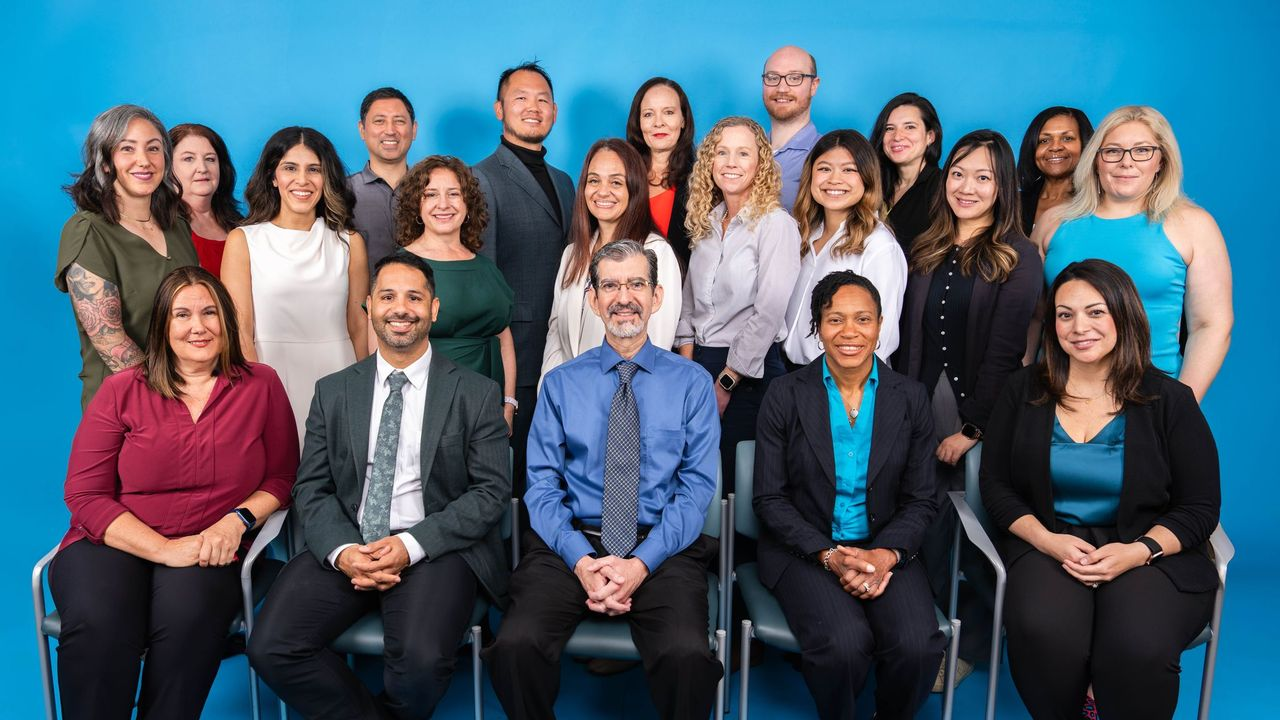It is rare for a day at the clinic to be marked by such exuberance, but receiving a secure message from my patient filled me with joy. My first patient treated with Eye Movement Desensitization and Reprocessing (EMDR) had sent a message brimming with excitement and pride. After immense struggles with avoidance behaviors related to a traumatic incident, they had independently conducted their own exposure to the behavior they had been avoiding for so long—and they had actually enjoyed themselves in the process.
This was not the first time I had witnessed the positive outcomes of EMDR treatment. My interest in EMDR began after I underwent the therapy myself. My therapist, a stern yet delightful Ph.D. with bookshelves full of Skinner and Yalom, initially had a hard time convincing me that a treatment which felt so fringe could help me integrate the heavy burdens from my life. To my grateful surprise, it worked. When I started my practice as a clinician, I was further surprised to find that, unlike virtually any other modality I have trained in, EMDR is a treatment that many patients with histories of trauma ask for by name. This popular recognition is largely due to word of mouth, with millions of patients in over 130 countries sharing how a treatment that addresses the psychological impacts of trauma at the level of the nervous system brought them, as it had brought me, into a positive relationship with their own histories.
Extensive research into the efficacy of EMDR has led organizations including The American Psychiatric Association, the American Psychological Association, the National Alliance on Mental Illness, the Substance Abuse and Mental Health Services Administration, the U.S. Department of Veterans Affairs/Department of Defense, and the World Health Organization to recognize EMDR as a helpful treatment for disorders such as PTSD, anxiety, depression, OCD, chronic pain, addiction, and other distressing life experiences.
The significant difference that made me scream with joy was that this was my first time facilitating the treatment as a clinician myself. Learning EMDR as part of the Mental Health Training Program Trauma Specialty Training has been a highlight of a phenomenal Fellowship year for me and my fellow trainees. Patrizia Meunier, LMFT and Dr. Mary Vertinski facilitated one of the most exceptional clinical training experiences I have had the pleasure of partaking in. In an all-virtual format, trainers Meunier and Vertinski guide a tight cohort of trainees through delivering the eight phases of EMDR treatment in a systematic and thorough manner through intensive didactics, hands-on group practice, and peer learning, which continues through months of ongoing consultation and support.
Christina Chin, ASW, a Post-Masters Fellow with the Oakland Adult Psychiatry DBT team, notes, “As a new clinician, one of the most difficult things to find is in-depth support and mentorship in the mental health field. I can truly say that aside from the organized structure of the training and the vast depth of knowledge these two have brought to the table, their precision, thoroughness, and dedication to consistency in ongoing support to each one of us has made this experience such a rarity and undoubtedly one of the key highlights of my fellowship year.”
It took the support of my fellow trainees, the humor and passion of the trainers, and a real discipline in my self-care to thrive as an EMDR trainee. Ultimately, though, the thing that got me through was witnessing patients look back at traumatic incidents from their past—the pain, oppression, and horror, the jagged heirlooms they carried within them for years—and seeing them know in their bones that they survived, and that they could, and would, live on. Perhaps, as my patient found, they could even enjoy it.
If you are considering applying for the MHTP Trauma Specialty Training in EMDR, I strongly encourage you to consider adding this modality to your Kaiser clinical training experience. Training in EMDR is rigorous, joyful, confrontational, hilarious, and will profoundly evolve the way you think about how our work as clinicians helps people heal.
Contributed by: Nick Mattos ASW, Post-Masters Fellow, Oakland Adult Psychiatry IOP/CCM





